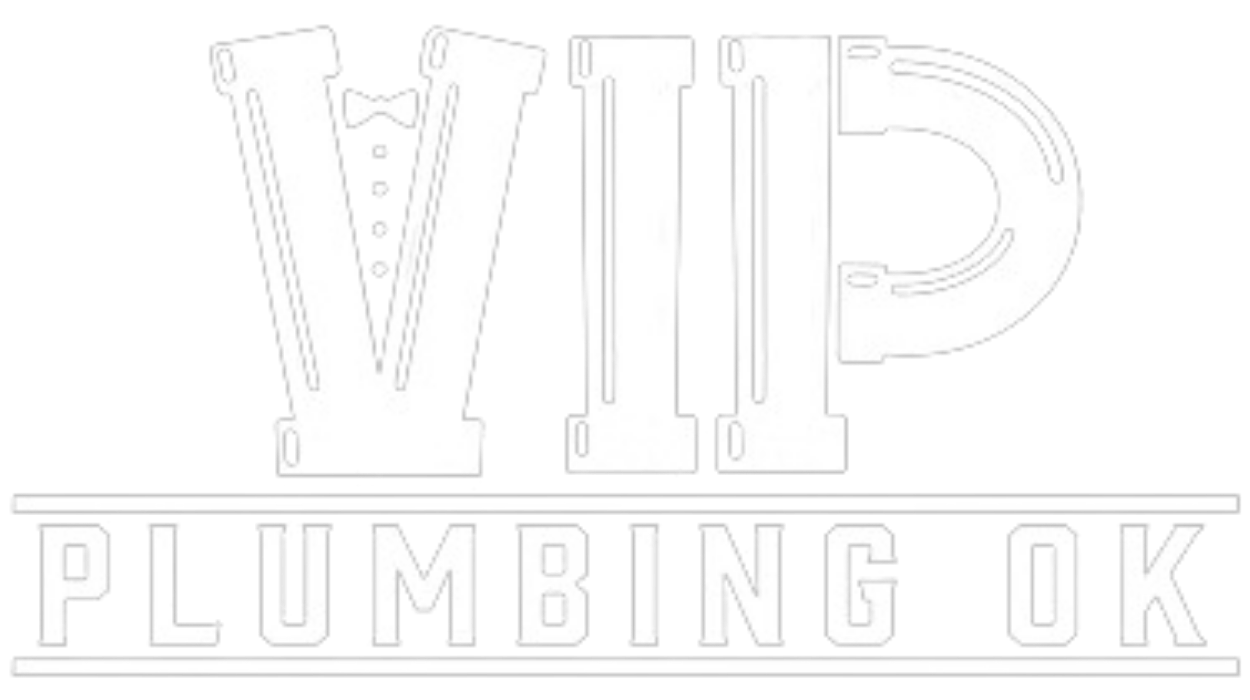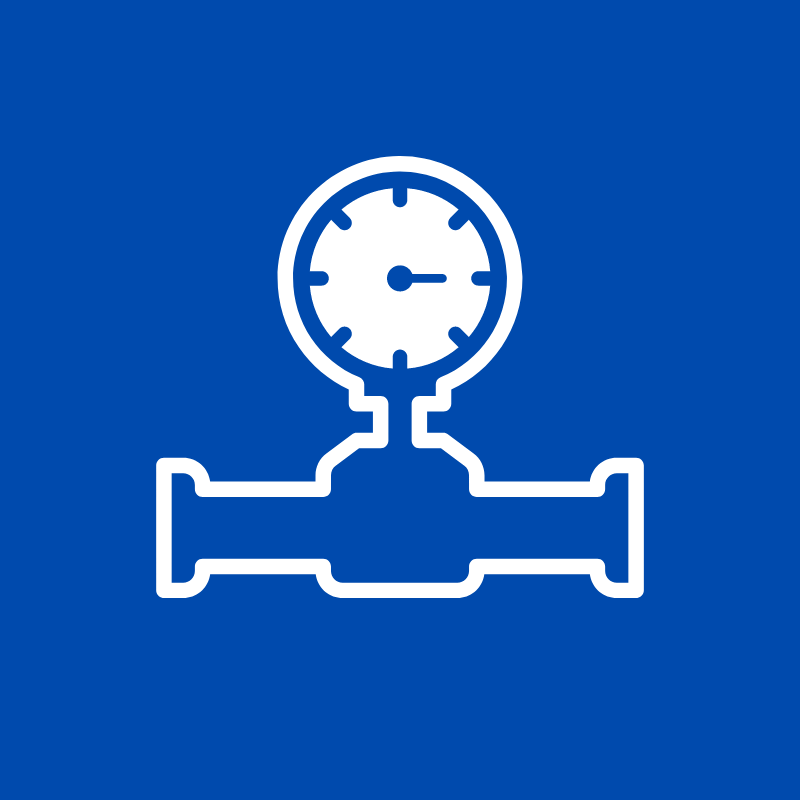Low water pressure in a residential setting can occur for several reasons, resulting in low water pressure throughout the home or only restricted to certain fixtures and appliances. Understanding why low pressure is happening, wherever it occurs, is the first step in making repairs.
In this article, we will look at the different areas in a home where low water can manifest and the common causes associated with each location. We then will reveal steps that homeowners can take to restore water pressure.
Where Low Pressure Can Be Found
Low water pressure can be found in a single fixture due to a minor clog forming in the drainpipe or affecting the entire plumbing system when blockages occur deeper in the system. Here we will expose some common places where low water pressure can be found.
The Shower
When low pressure is only happening in the shower, it is likely a clogged showerhead, causing water to trickle out. Hard water minerals can cause a condition known as limescale, a white crystal-like substance that makes the showerhead appear neglected and dirty.
Limescale can be removed by filling a large plastic storage bag with white vinegar and tying it around the showerhead support bar. Secure the bag with a rubber band and allow it to sit overnight. In the morning, the limescale will have dissolved, leaving the holes in the head clear of deposits and able to provide a good, strong shower.
Hot Water Supply
If low water pressure is only noticed when using hot water, it can be deduced that the water heater is to blame. An undersized water heater could be the problem, and enlarging the tank or upgrading to a tankless system that provides unlimited water may be the best option.
Tank-style heaters can have low water pressure from accumulating sediment covering the heating element or building up inside the hot water pipes. As corrosive materials cling, they narrow the pipe interior, leaving less and less room for the water to flow. Less room means less pressure.
Draining the heater and flushing it of rust and sediment is a task that should be completed yearly, preferably by a professional, to ensure good water flow from the water heater.
Faucets
Low pressure at the faucet can be attributed to corrosion-filled pipes, but it can also be a less serious condition: a clogged aerator. Aerators are installed by screwing them onto the faucet end, providing a steady stream of water and a method of conserving water.
Aerators can become clogged with dirt and debris, reducing the water pressure. Cleaning them requires unscrewing the aerator and cleaning the screen inside. This will restore the water pressure.
Outdated Fixtures
Old plumbing pipes can lead to low water pressure. Pipes such as galvanized steel are prone to interior rust, leaving behind deposits that restrict water flow. These deposits can become so invasive that water flow can be cut off completely, requiring the pipes to be replaced.
Clogged And Leaking Pipes
A leaking pipe is no longer watertight and releases the water intended to carry. As water flows outside of the pipe, it will increasingly lose pressure until its final destination, whether it be a washing machine or toilet.
Clogged pipes can also be blamed for low pressure. Grease and oily bath products trap food bits and stray hairs that go down the drain and, over time, can form significant blockages restricting water flow. Plumbing inspections can identify leaks and clogs and remove or repair them, opening the pipe interior and allowing water pressure to return to normal.
Faulty Pressure Regulators
We have looked at different fixtures and the potential causes of low water pressure, but what if the pressure is low throughout the home? The problem may be a faulty pressure regulator.
These are designed and installed to adjust the pressure of water coming into the home automatically. A malfunctioning or clogged regulator will not work correctly, resulting in too high or too low pressure. In this situation, low pressure will be seen throughout the home and not be assigned to one specific fixture. To remedy this situation, a professional plumber can be engaged to replace the regulator.
Looking To Remedy Low Water Pressure Issues In Your Home?
We offer trustworthy and reliable plumbing services to help our customers with all types of plumbing problems, including low water pressure. Low pressure can be annoying, but it can indicate dirt and debris have entered the plumbing system. In more severe cases, it can identify issues with pipe corrosion, clogged and leaking pipes, and water heater issues calling for attention.
Call us to discuss your water pressure issues, and we will be happy to visit your home to identify the cause of your problems and suggest appropriate solutions. We are here to keep your home safe and your family comfortable!

